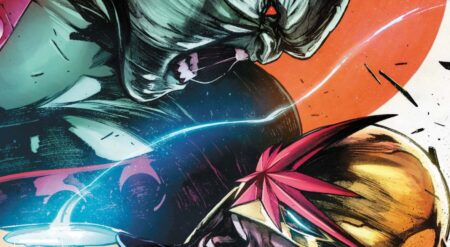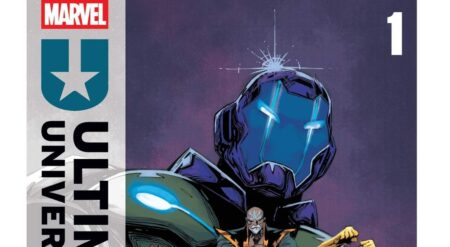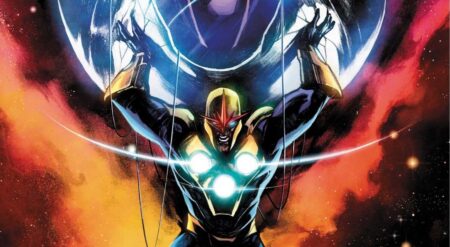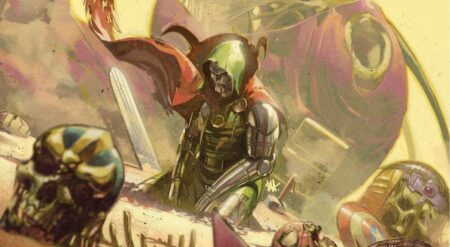
Cindy Moon is up late working her latest detective case on the dark streets of L.A. But as she closes in on a child that needs rescuing, she realizes something is wrong. This isn’t where she is supposed to be. But if this isn’t her life, how did she get here in Silk #1, published by Marvel Comics, written by Emily Kim, art by Ig Guara, colors by Ian Herring, and letters by Ariana Maher?
Getting stories highlighting alternate versions of the spider-based characters in Marvel Comics seems all the rage these days. But while other stories see a spider jumping through a fractured timeline or facing clones of herself, Silk #1 delivers a story that sees its protagonist put into a different role rather than multiple copies of her. This alternate version of Cindy places her in a noir-style Los Angeles as she seeks to retrieve a kidnapped child.
Kim’s writing here is excellent. Ultimately selling the classic gumshoe-style story through a running internal monologue, Kim blends Cindy’s character with the iconic Bogart-like detective character from classic cinema. A scene where Cindy interrogates a suspect drives the theme home, as Cindy shows how to twist a person’s arm to get the truth out, with a few thinly veiled threats and suggestions.
While Kim’s writing lays the groundwork for the story and its setting, the art truly brings it home. Guara delivers the classic look of the City of Angels fantastically here. The setting, the vintage cars, and the skillful camera angles all provide the story’s look and craft its world. But, even with all these excellent visual elements, nothing hits as well as Guara’s presentation of Cindy’s spider-suit. Adapted to fit her new role and setting, I fell in love with this outfit the moment it was revealed. It captures all the key elements of Silk’s iconic look while delivering an adaptation perfect for this story, even if it is wildly impractical.
Matching up beautifully with Guara’s lines are Herring’s colors. The majority of the color in Silk #1 comes in muted tones that fit the rain-slicked, dreary world of the noir tale. But when it comes time to deliver the color, Herring doesn’t hold back, allowing elements to pop off the page. This color design becomes even more striking when a scene change near the end of the book completely shifts the color palette of the world. Herring adapts beautifully, making the tease at what comes next pop, greatly enhancing the pull of this book ending hook. While Herring grabs the reader’s attention with the book’s colors, this isn’t the only way Silk #1 wields color to its full effect. Maher also implements color wonderfully, though in a more subtle way.
Whenever our protagonist delivers her internal monologue, Maher pens her thoughts in red instead of the standard black. This instantly links these words with Cindy, as her red shawl is one of the few elements of vibrant color through the book’s opening pages. This clever use of color allows the reader to connect the words with the protagonist without any overt statement declaring they are hers.
Silk #1 delivers an intriguing opening chapter filled with style and personality. If you are a fan of seeing characters put into alternate settings, this book feels like it will deliver plenty to love.
Silk #1 is available now wherever comics are sold.
Silk #1
TL;DR
Silk #1 delivers an intriguing opening chapter filled with style and personality. If you are a fan of seeing characters put into alternate settings, this book feels like it will deliver plenty to love.







